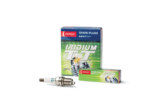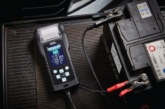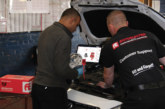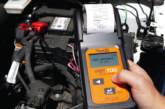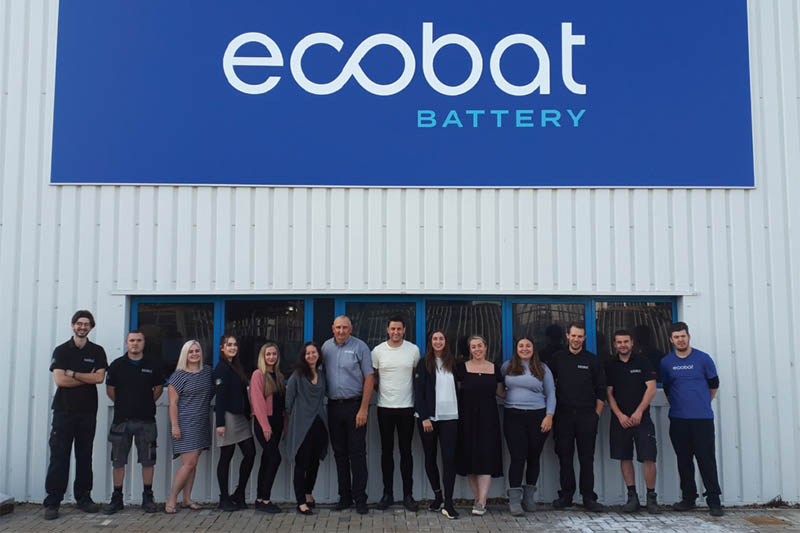
As part of its ongoing strategy to assist motor factors in maximizing battery sales opportunities, pan-European and multi-brand distributor, Ecobat Battery, continues to train its frontline team throughout its branches across UK and Ireland. Ecobat Battery Training Manager, Christopher Jones, explains how the company is proactively helping them.
It’s important that we are fully informed in all aspects of the battery business, including how they work and how to care for them.
By following this course of action, we are properly equipped to inform and guide our customers, which in turn helps them when they are speaking to their workshop customers and supplying them with the replacements they need.
With the advent of micro hybrids (vehicles fitted with a start-stop function), battery technology underwent a significant transformation with the traditional starter, lights and ignition (SLI) battery – that was the staple fitment for vehicle manufacturers for decades – taking a back seat in favour of first, Absorbent Glass Mat (AGM), then Enhanced Flooded Batteries (EFB).
The shift in the aftermarket was somewhat slower, as demand for SLI batteries remained very strong well into the micro hybrid era. This was in no small part because many motorists simply turned the start-stop function off, which meant that the AGM/EFB batteries fitted to their vehicles were not making anywhere near the number of engine starts they weredesigned for, so they just kept on going; however, this anomaly is now much less common, so sales of AGM and EFB batteries make up an increasingly large segment of the market and it’s these batteries that we really want to help our customers understand.
As now, more than ever, the performance of the battery is a key factor for the correct function of many of a vehicle’s systems; assessing its condition is a best practice principle that should be adopted by every workshop, and factors are a vital link in the chain to get this message across.
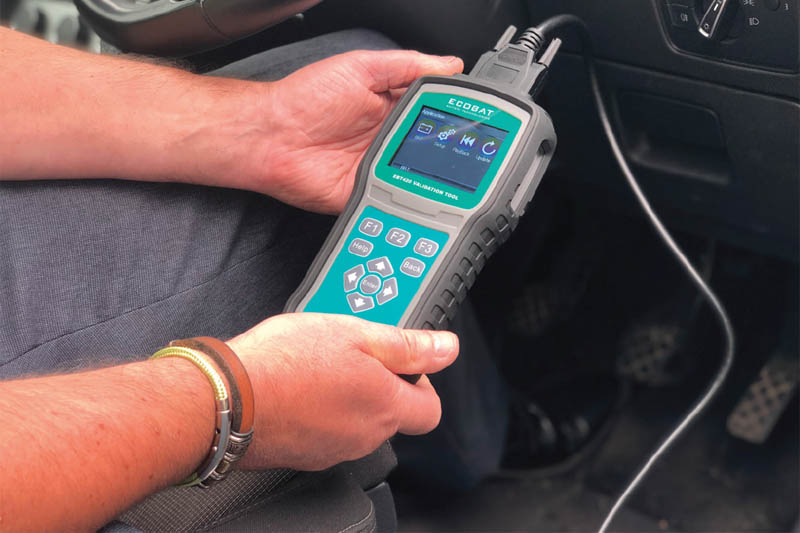
It is important to note, however, that there is a distinction in the way this assessment should be made, depending on the type of battery being tested. A conventional SLI battery in a vehicle with a traditional system only requires equipment to measure its state of charge (SOC), whereas to check AGM/EFB batteries, technicians require a device that also tests the battery’s state of health (SOH).
While the SOC can be simply determined with a voltage measurement, to make a reliable statement about the SOHrequires a complex test procedure, which among other things, considers the cold start power (CCA), the residual capacity (Ah) and the charge acceptance (CA).
Importance of battery validation tool
When fitting a replacement AGM/EFB battery in a start-stop equipped vehicle, another important consideration that factors need to highlight, is the need for technicians to use a battery validation tool, such as Ecobat Battery’s EBT 420, to ensure the new battery is correctly assimilated into the vehicle’s battery management system (BMS).
This element is an important step that is often overlooked and means that even if the battery is of the appropriate technology and correct specification, incorrect validation will result in the wrong charge algorithms being applied to the new battery via the BMS, which will considerably reduce its service life, could lead to an unsuccessful warranty claim and result in an unhappy customer.

